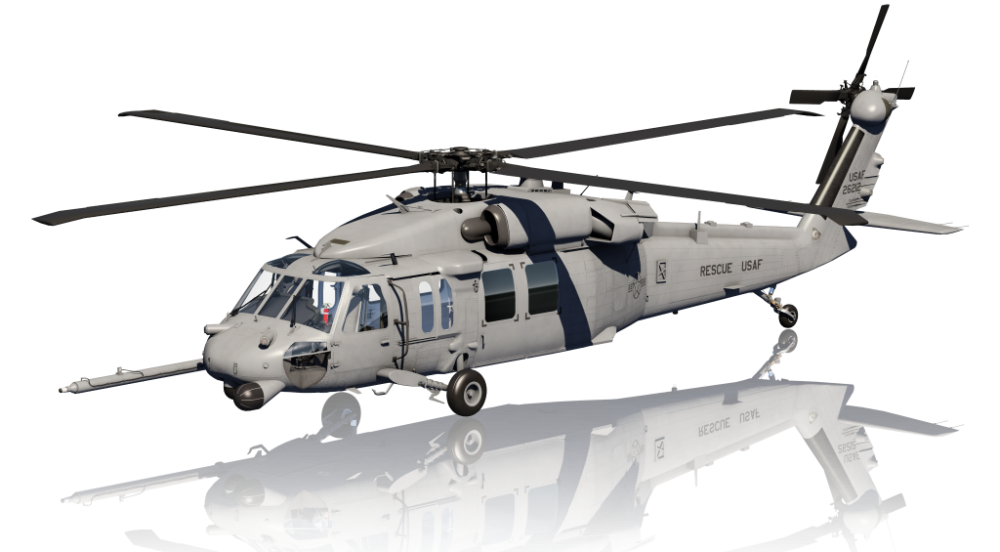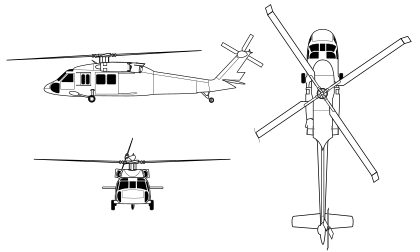Maintenance and Upkeep for UH 60 Helicopters
Maintenance and Upkeep for UH 60 Helicopters
Blog Article
A Comprehensive Guide to the Upkeep and Care of Aircraft for Longevity
The longevity of an airplane pivots considerably on its maintenance and care, requiring a structured technique to guarantee ideal performance and safety and security. Understanding the intricacies of these practices can be intricate; for that reason, it is necessary to explore the vital elements that contribute to reliable airplane treatment and the implications of disregarding these obligations.
Importance of Routine Maintenance
Normal maintenance is necessary for the security, effectiveness, and long life of airplane. An organized method to maintenance makes sure that all elements work optimally, consequently reducing the risk of mechanical failing throughout operation. Regular assessments and servicing enable professionals to determine possible concerns prior to they rise right into substantial issues, guaranteeing that the aircraft continues to be in conformity with aviation policies.
Furthermore, preserving an aircraft according to the manufacturer's guidelines is crucial for maintaining its worth. A well-documented maintenance background can boost resale prospects and instill self-confidence in prospective purchasers. Additionally, routine upkeep adds to operational performance, as it assists to optimize fuel usage and efficiency metrics, leading to cost financial savings in time.
Additionally, regular maintenance adds to the overall safety and security of trip procedures (uh 60). By attending to wear and tear without delay, operators can minimize threats associated with aging airplane systems. This proactive method not just protects the lives of travelers and staff but additionally safeguards the aircraft itself versus catastrophic failings

Daily Assessment List
Just how can pilots and maintenance staffs ensure the airplane remains in ideal problem before each flight? The response hinges on a thorough daily examination list, which works as a vital protocol to recognize prospective issues that could endanger safety and performance. This checklist must include several crucial areas, consisting of outside and indoor evaluations, as well as functional checks of important systems.
Beginning with the exterior, teams should evaluate the airframe for any kind of visible damage, leaks, or indicators of rust. Interest needs to be paid to control surface areas, touchdown equipment, and the problem of tires. Relocating to the interior, the crew must verify that all controls and instruments are functional, making sure that electronic systems are operating correctly.

Along with structural checks, it is important to inspect fuel degrees and confirm that all required documents, consisting of enrollment and weight and equilibrium details, are up to date. Ultimately, a review of emergency devices, consisting of life vests and fire extinguishers, need to be conducted to make certain conformity with safety regulations. By diligently following this everyday inspection checklist, pilots and maintenance staffs can dramatically boost the safety and security and integrity of their airplane.
Arranged Upkeep Programs
Arranged maintenance programs are crucial for the long-term safety and security and effectiveness of airplane operations. These programs are developed to ensure that all aircraft elements go through regular inspections, upkeep, and essential repair services at fixed periods. By sticking to a structured upkeep routine, operators can dramatically minimize the threat of in-flight failings, improve aircraft reliability, and extend the life-span official website of crucial parts.
Normally, scheduled maintenance is categorized into various degrees, consisting of A, C, d, and b checks, each with distinctive needs and thoroughness. A checks are typically more regular and concentrate on standard aesthetic inspections and minor repair work, while D checks are a lot more thorough and happen much less frequently, involving comprehensive disassembly and overhaul of the airplane.
Regulatory bodies, such as the FAA and EASA, required conformity with details upkeep timetables based on airplane type and usage. Operators should keep careful records of all maintenance carried out to show compliance and promote examinations. In addition, the assimilation of anticipating upkeep innovations can better enhance the performance of scheduled programs by identifying prospective problems prior to they escalate, thus making certain that airplane stay in optimum problem and prepared for risk-free procedures.
Treatment for Aircraft Interiors
Looking after aircraft insides is critical not only for traveler comfort however likewise for maintaining the general worth and safety and security of the airplane. Regular cleaning and upkeep of the indoor elements contribute substantially to a favorable flying experience while protecting the aircraft's aesthetic allure.
To ensure optimal treatment, it is necessary to develop a routine cleaning routine that includes vacuuming carpets, cleaning down surfaces, and disinfecting high-touch locations. Furniture and seating need to be examined for deterioration, with any damages promptly resolved to protect against additional damage. Furthermore, interest should be offered to the galley and lavatory locations, which need complete cleansing and restocking of products to maintain health.
In addition, making use of proper cleaner is vital; extreme chemicals can harm surfaces and materials, so it is recommended to utilize items particularly created this for airplane insides. Routine examinations must additionally be conducted to recognize any type of maintenance needs, such as changing worn-out seat covers or repairing window shades. By prioritizing the care of airplane insides, drivers can enhance the general guest experience and secure the investment in their aircraft.
Recognizing Regulative Compliance
Regulative compliance is a vital aspect of aircraft upkeep, frequently requiring operators to comply with a complicated structure of neighborhood, national, and global requirements. This framework is mostly established by air travel regulative bodies such as the Federal Aviation Management (FAA) in the USA and the European Union Aviation Safety And Security Company (EASA) in Europe - uh 60. These companies state regulations that govern numerous aspects of aircraft upkeep, including airworthiness, safety and security methods, and functional treatments

Furthermore, drivers should remain informed concerning modifications in guidelines and take part in training programs to make certain that their staff is educated regarding conformity demands. Failure to follow these laws can cause serious penalties, consisting of penalties, grounding of airplane, or loss of certification. Understanding and adhering to regulative compliance is paramount for the durability and security of airplane operations.
Final Thought
To conclude, the maintenance and care of aircraft are vital for guaranteeing longevity, safety and security, and functional effectiveness (uh 60). Normal inspections, adherence to everyday checklists, and systematic upkeep programs assist in the very early identification of possible problems. Furthermore, attention to the aircraft's inside and compliance with governing requirements dramatically add to protecting its worth. By applying these practices, drivers can enhance the total experience for passengers while safeguarding the investment in air travel assets.
The durability of an aircraft pivots significantly on its maintenance and treatment, requiring an organized approach to make certain ideal performance and safety. By carefully following this day-to-day inspection checklist, pilots and maintenance teams can substantially enhance the safety and reliability of their airplane.
These programs are designed to make sure that all aircraft elements go through routine inspections, maintenance, and necessary repair services at predetermined intervals. By focusing on the treatment of aircraft insides, operators can enhance the continue reading this total passenger experience and protect the financial investment in their aircraft.
In verdict, the upkeep and care of airplane are critical for guaranteeing long life, safety, and operational performance.
Report this page